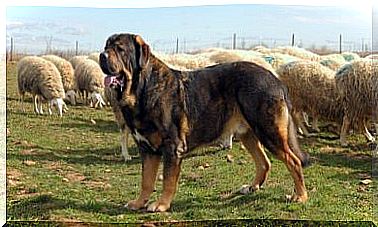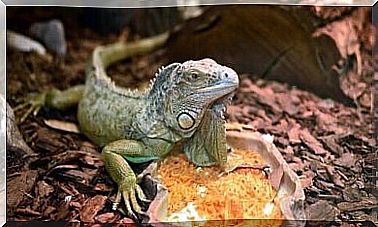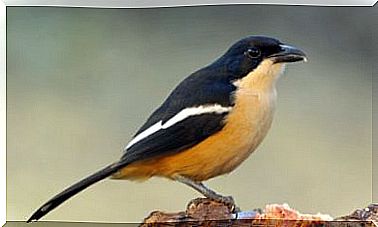5 Fun Facts You Didn’t Know About Hedgehogs
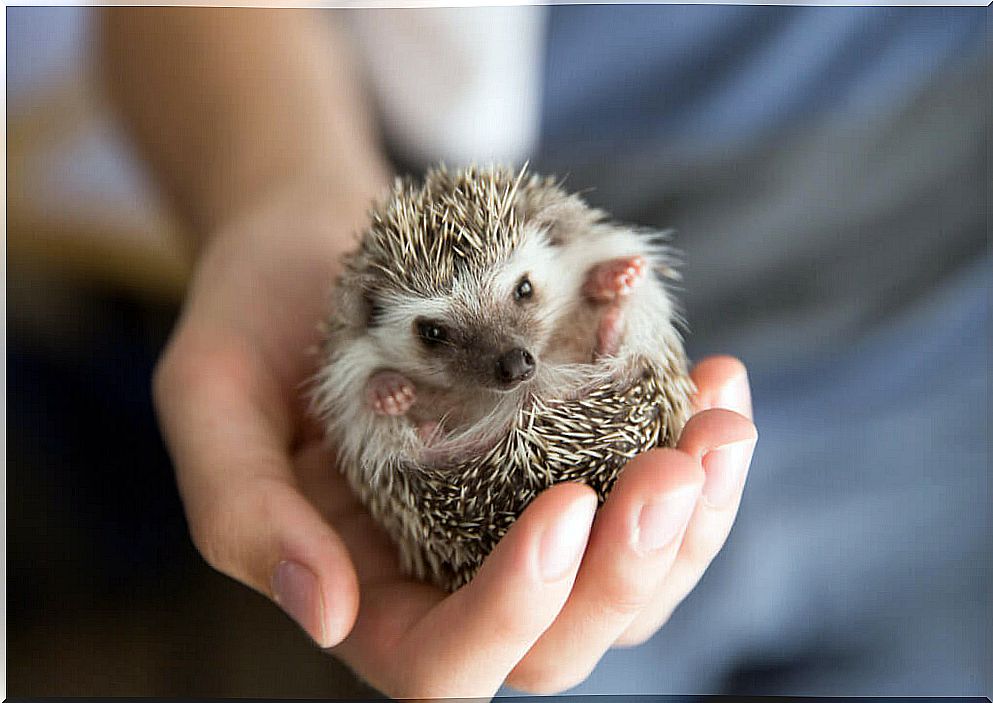
Hedgehogs are small, spine-covered mammals that inhabit Europe, Asia and Africa. However, they can also be found in Oceania – due to their accidental introduction – as well as in America.
Currently, there are 16 different species of hedgehogs and many of them are bred in captivity. A common pet species is the Atelerix albiventris , a small ball full of personality and thorns native to most of sub-Saharan Africa that catches everyone’s attention.
What are hedgehogs and how do they live?
Hedgehogs have a rounded silhouette, can weigh around a kilogram and measure from 130 to 300 millimeters in length. In addition to these measurements, males are generally larger than females.
These mammals have their bodies covered with spines, which consist of hollow keratinized hairs. These thorns are present all over the animal’s back, except in the face area, which ends in a pointed, mobile snout, with small eyes and simple, rounded ears.
Its front legs are longer than its hind legs and, in turn, larger. Plus, they have pads on each paw – just like dogs. Most hedgehogs are nocturnal animals, as they sleep much of the day in tall grass or in holes they dig into the ground for protection.
They inhabit very varied areas, from evergreen forests, deciduous forests and their borders, open spaces with scrub and even desert areas. They are found in both cold and hot climates, although they do not withstand extreme temperatures well. Now that you know what a hedgehog looks like in general and where he lives, don’t miss these fun facts about this animal.
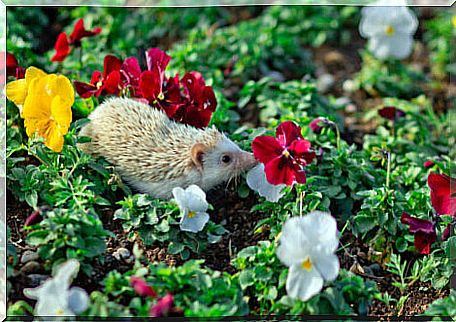
1. Your thorns don’t come loose
Unlike other species, such as the porcupine, hedgehogs do not defend themselves from their aggressors by releasing their spines. In any case, it is true that younger specimens can make a sort of molt during the first year of life or even lose the thorns due to stress or illness.
Its defensive strategy consists of curling itself into an impenetrable ball as a means of deterrence against predators. Hedgehogs have, on average, between 5000 and 7000 spines, which they can show or hide thanks to the muscles lodged in the back.
2. Immunity to snake venom?
Hedgehog clashes with snakes are known, despite the difference in size between them. Mammals that feed on venomous snakes, such as various species of possums, mongooses, mustelids, weasels and 2 species of hedgehogs, share adaptations to resist the toxic effects of their prey’s venom.
3. They have very good ears
Hedgehogs are capable of perceiving high frequency sounds, as they register tones of up to 45 kHz – we humans reach a maximum of 20 kHz – allowing them to detect the sound of small prey underground. They communicate through sharp grunts and squeaks, as they are animals sensitive to noise and sudden movements.
4. They also have a good sense of smell
Smell is also a very well-developed sense in hedgehogs, who use it to look for food, follow tracks, find a mate, locate terrain and other animals. Smells play a very important role in the life of hedgehogs. In fact, these animals tend to exhibit very particular behavior when exposed to a new odor.
When hedgehogs find an object that gives off a new odor, they sting it and create a kind of frothy saliva, which they then apply to the spines on their backs, twisting the body and licking themselves with their tongues.
This behavior is known as self-union. The nature of this behavior is unclear, but it is believed that it could serve as a camouflage mechanism.
5. Hedgehogs can hibernate
In the wild, hedgehogs have an active period and a hibernation phase that coincides with the colder winter months, when food is scarce. This depends on the climate in which they live, as in warmer places the hibernation period can be delayed or even not happen.
During the time they hibernate, a series of physiological changes take place in hedgehogs : their body temperature drops a few degrees, they stop moving, and their breathing and heart rate are significantly reduced. In addition, they remain curled into a ball, with the spines facing outward.
To overcome the period of hibernation, it is important that these animals have a good reservoir of fat that allows them to obtain energy for their minimal vital functions.
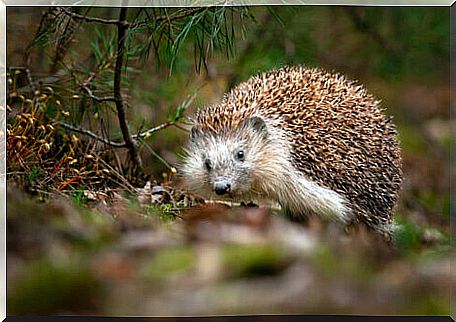
These are some of the most striking characteristics of hedgehogs, but not the only ones. Knowing the particularities of all species of animals on Earth is essential, as it is the first step towards their preservation.
